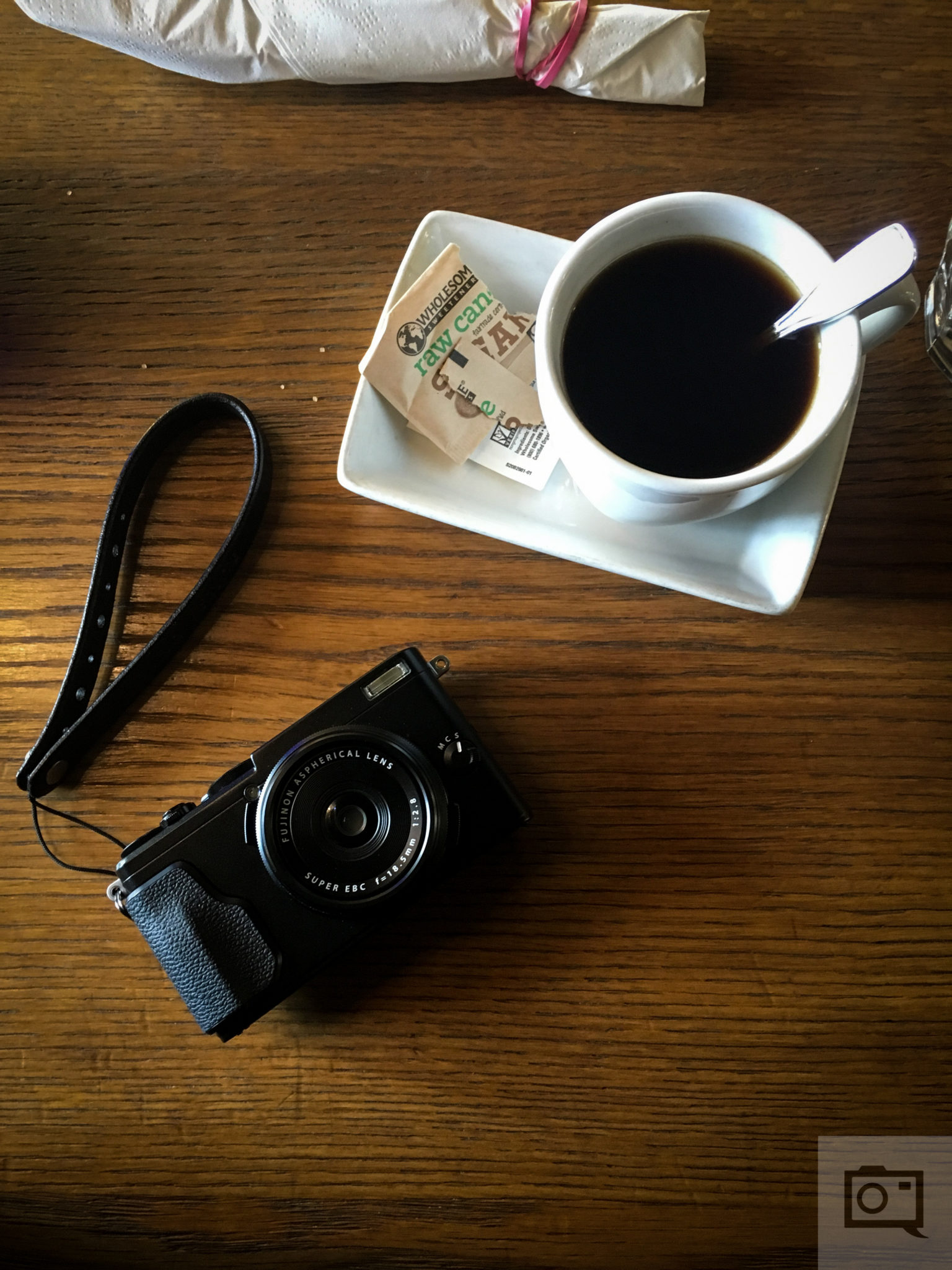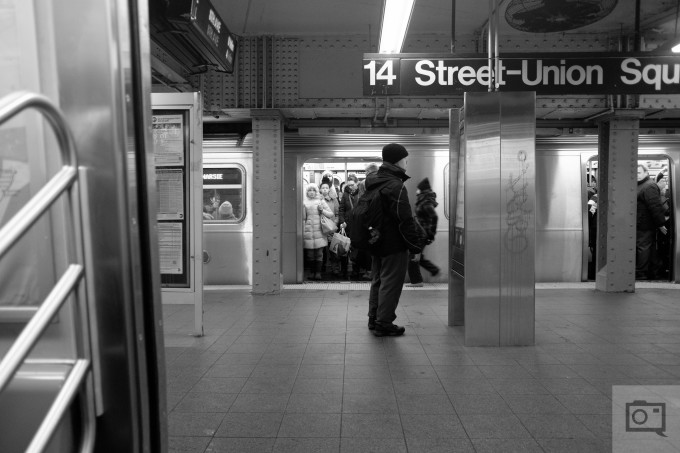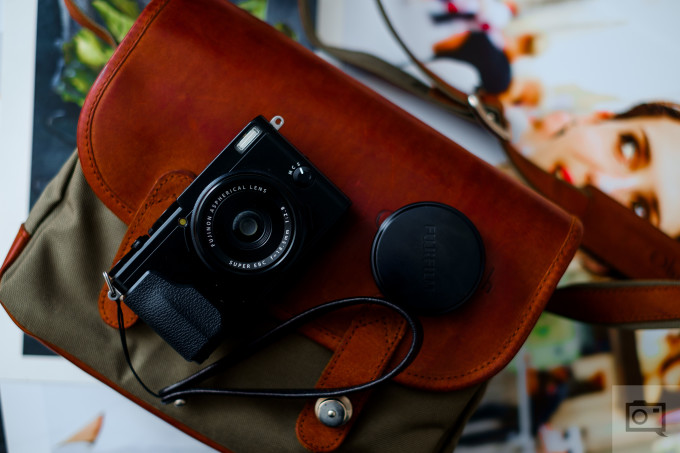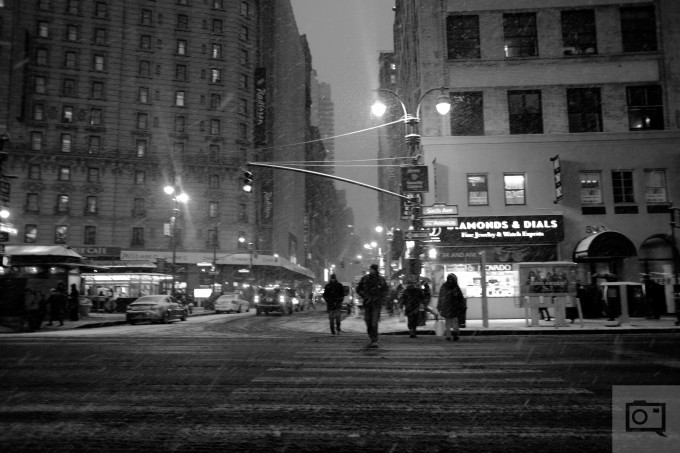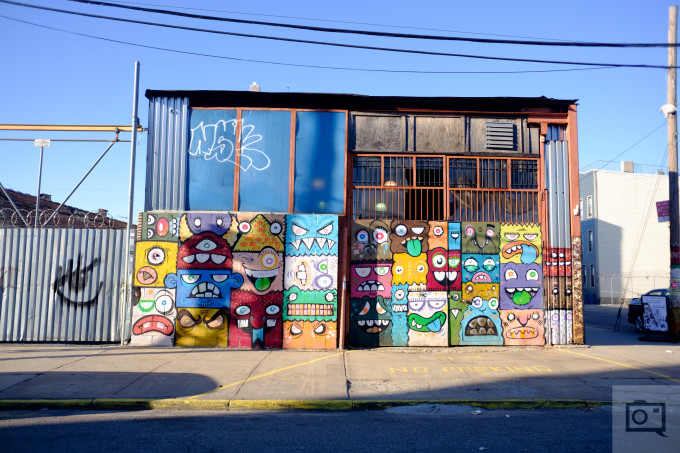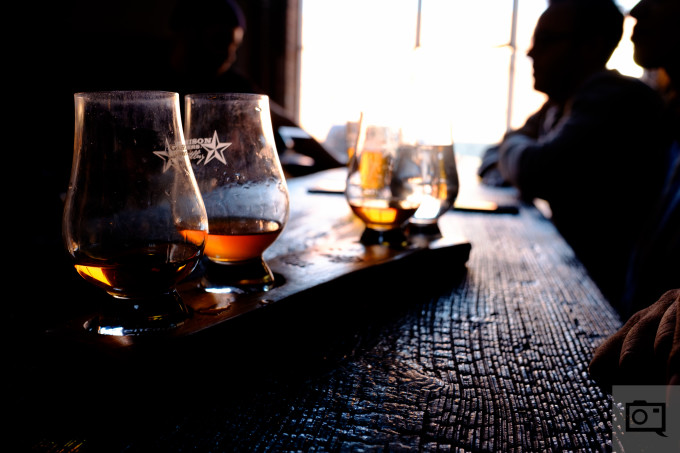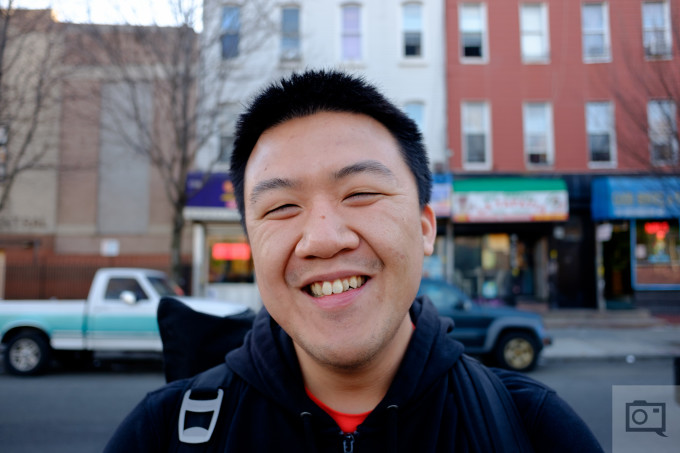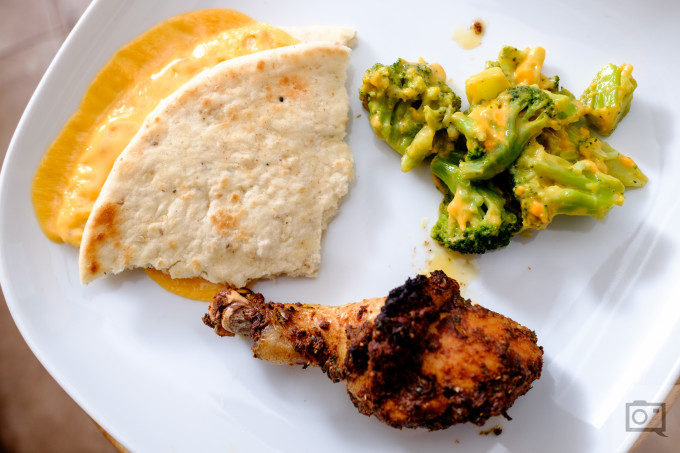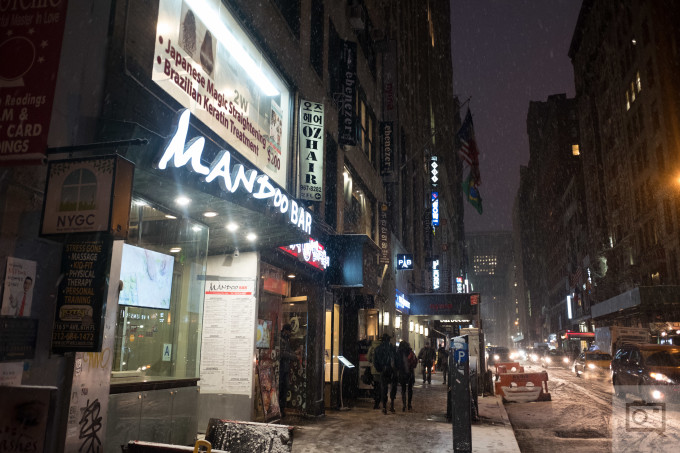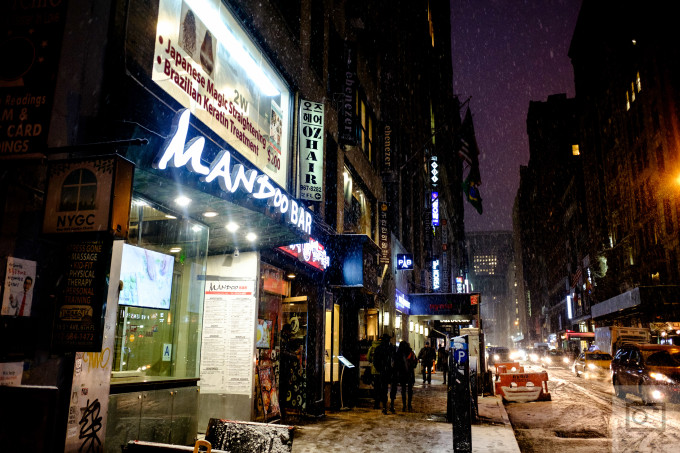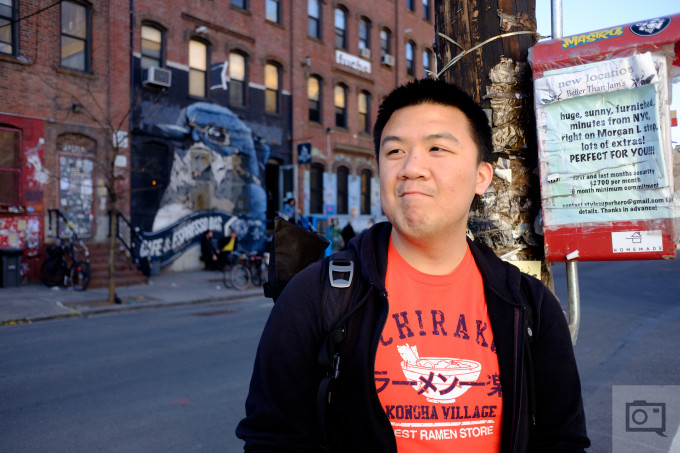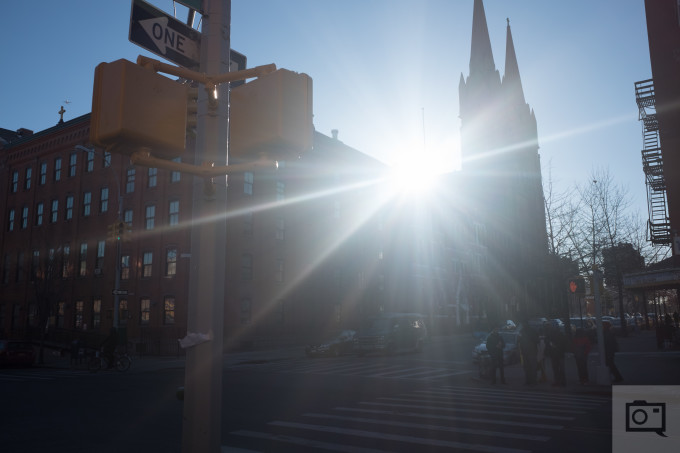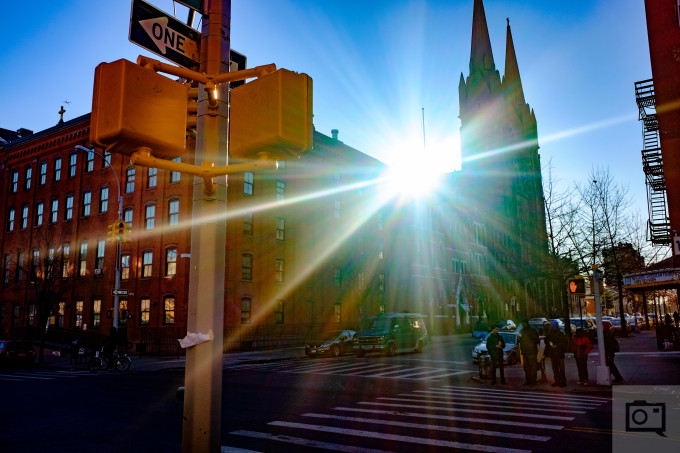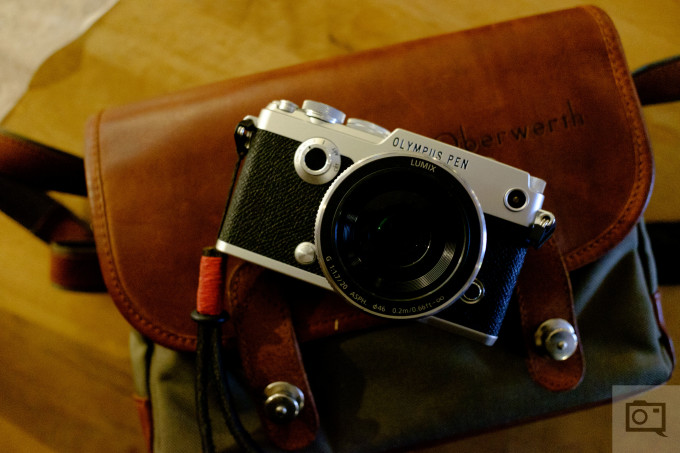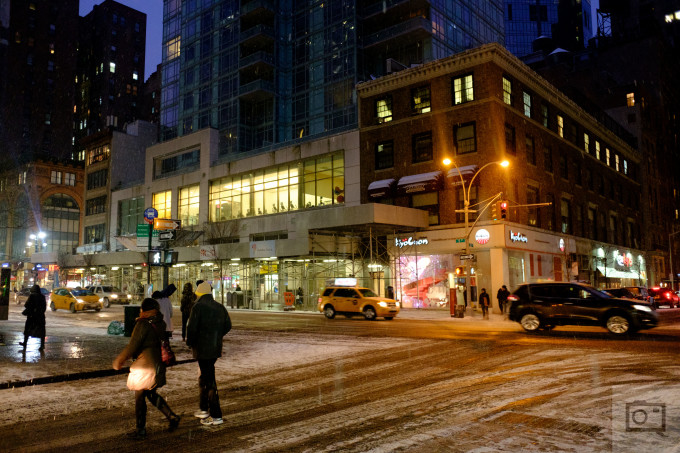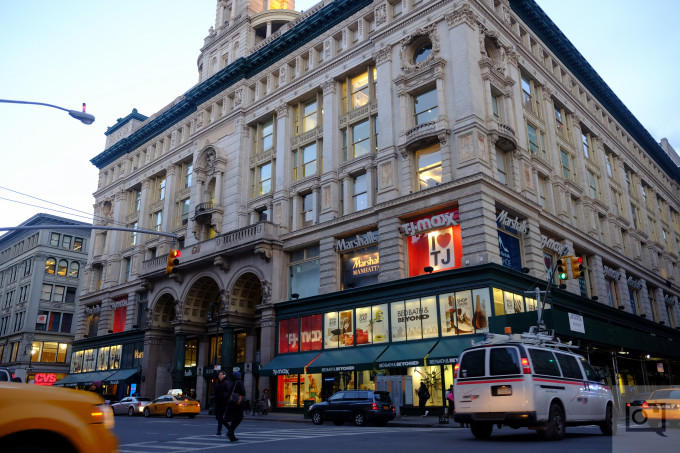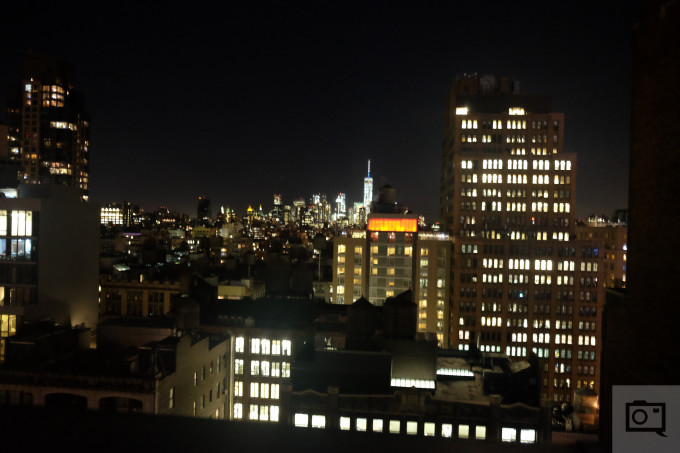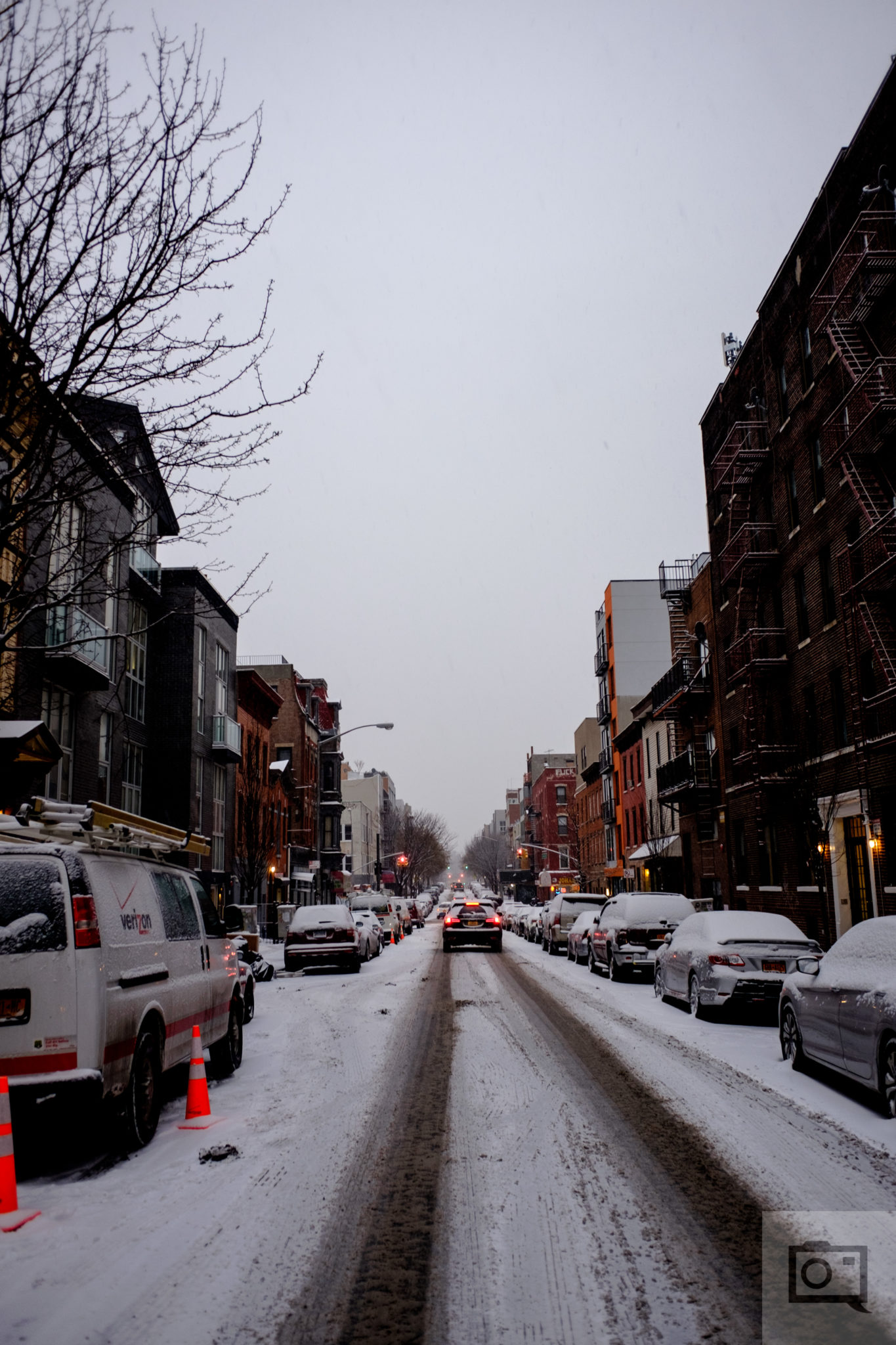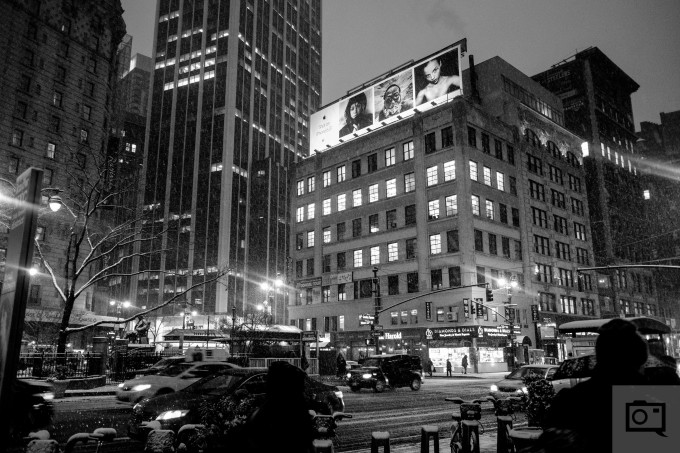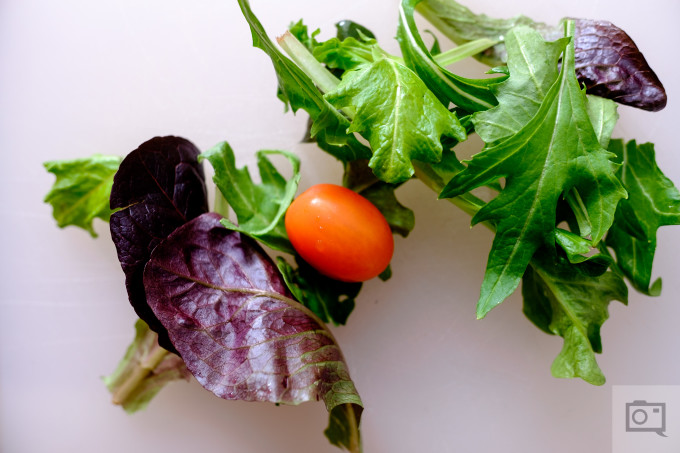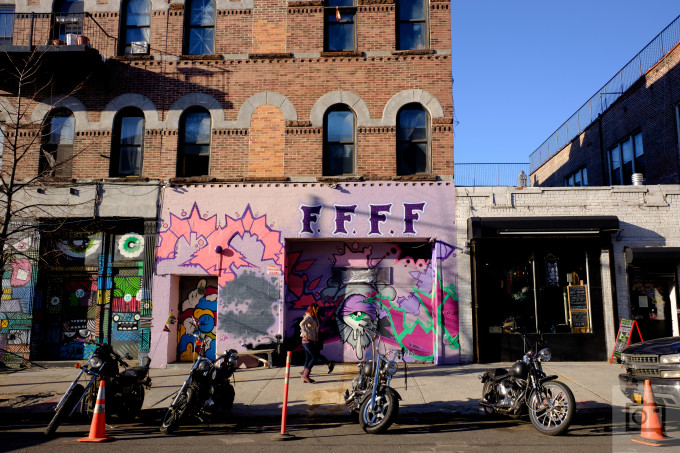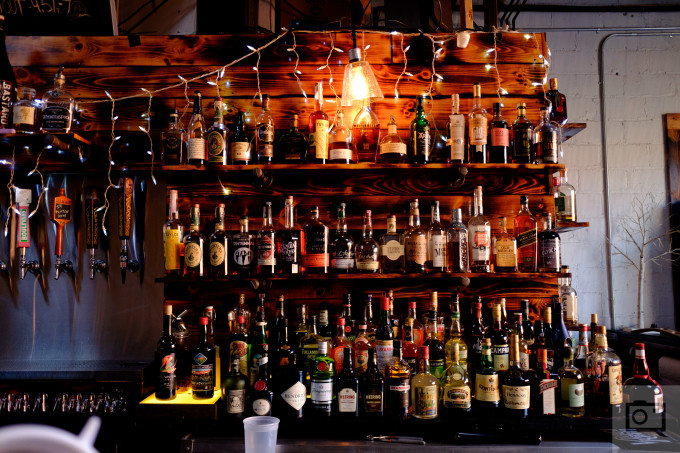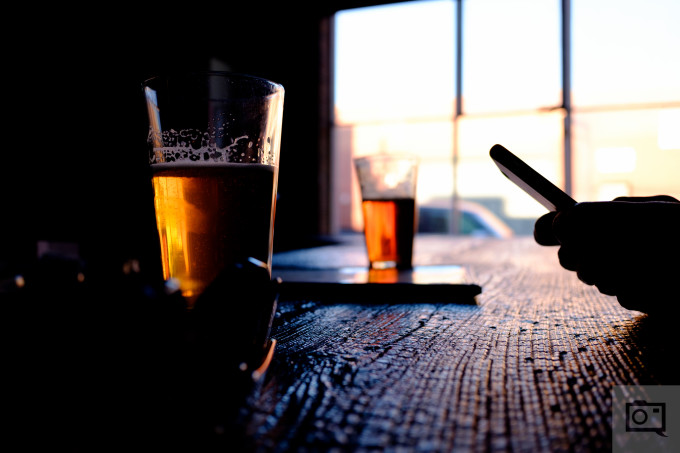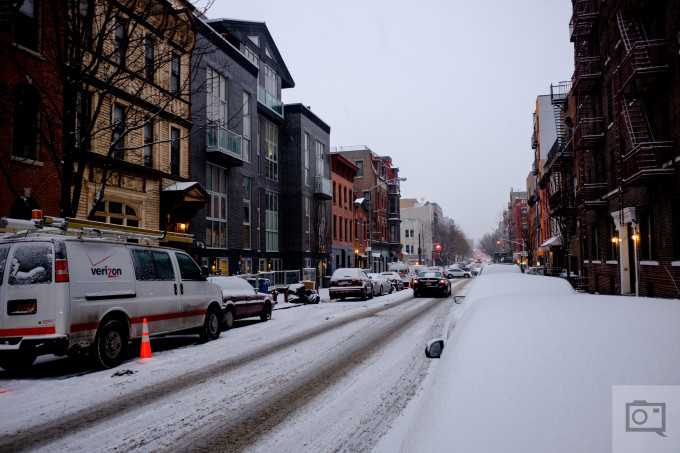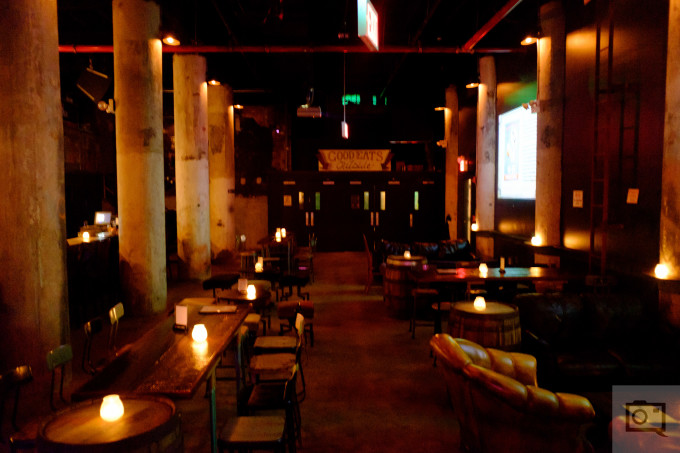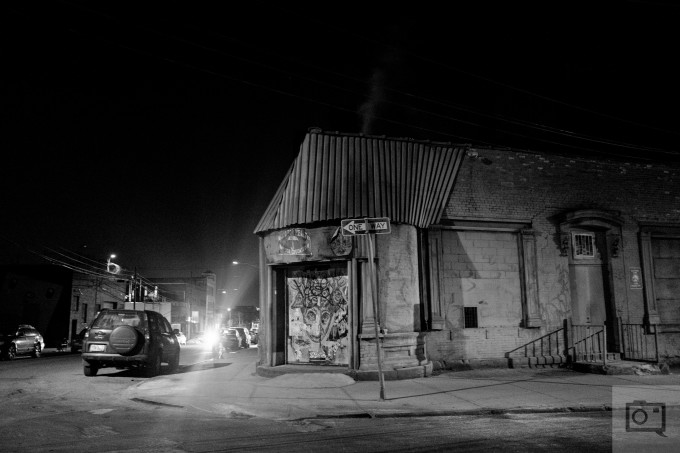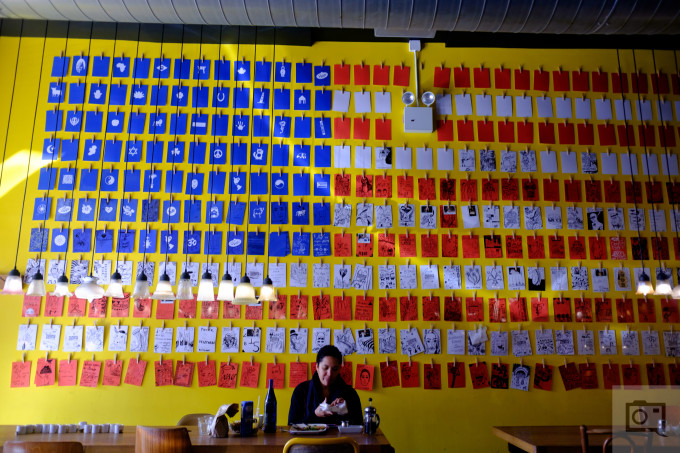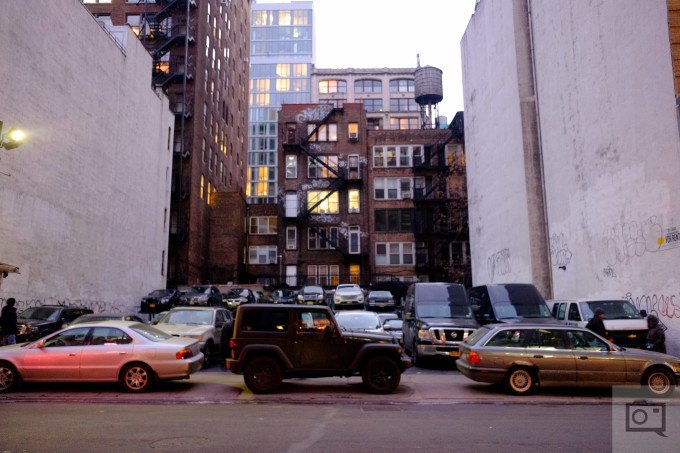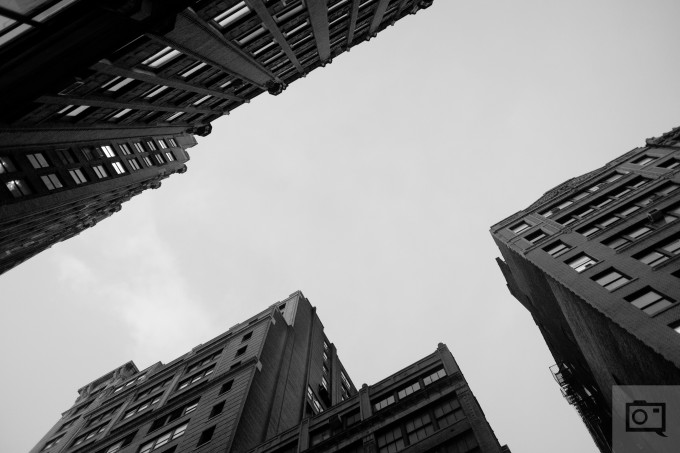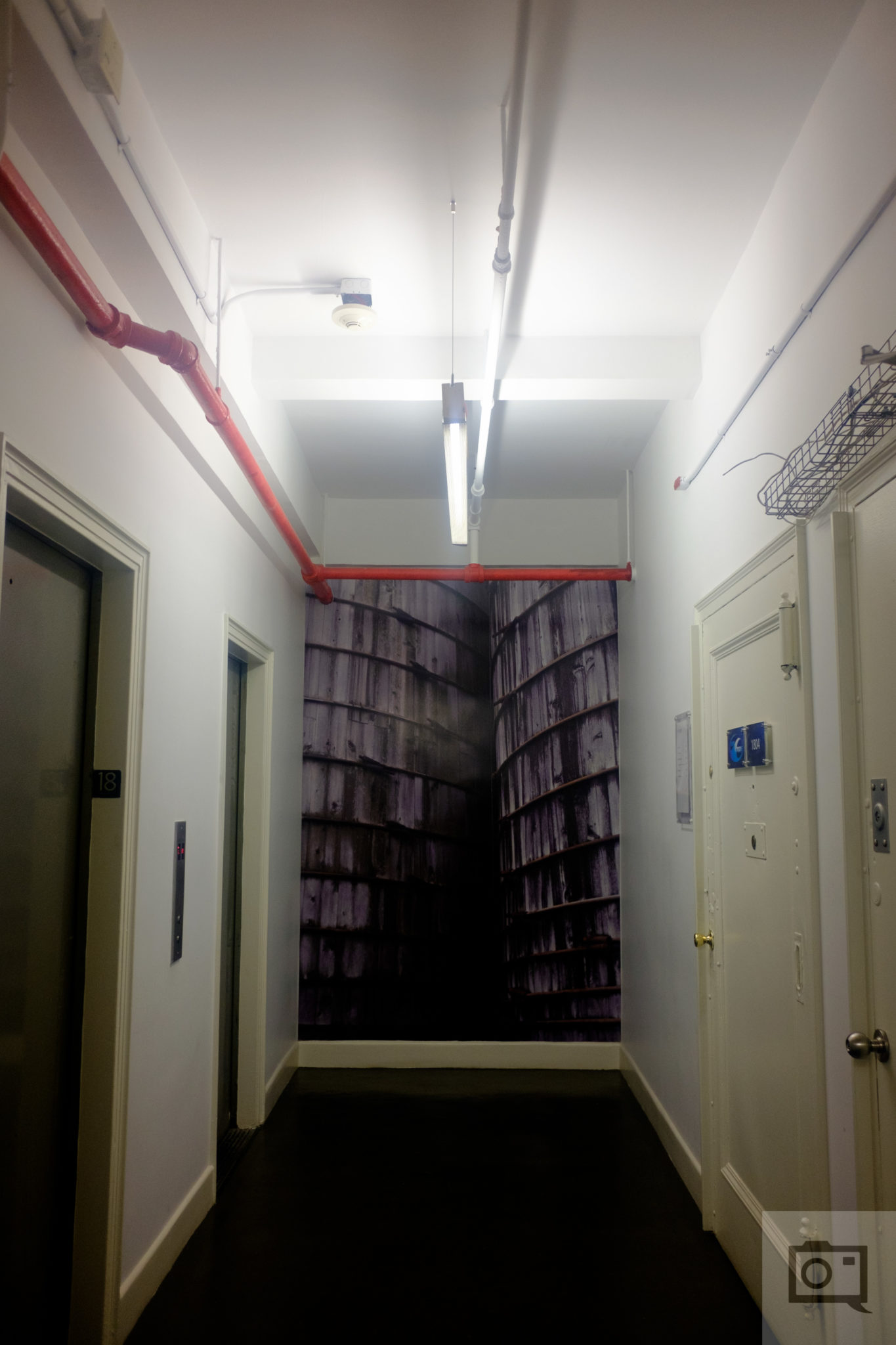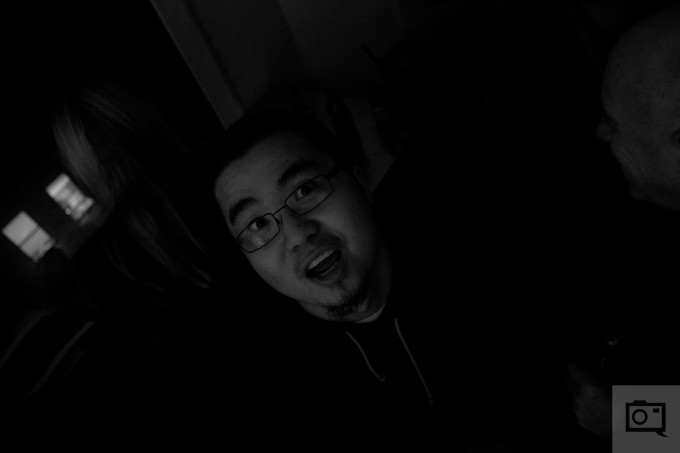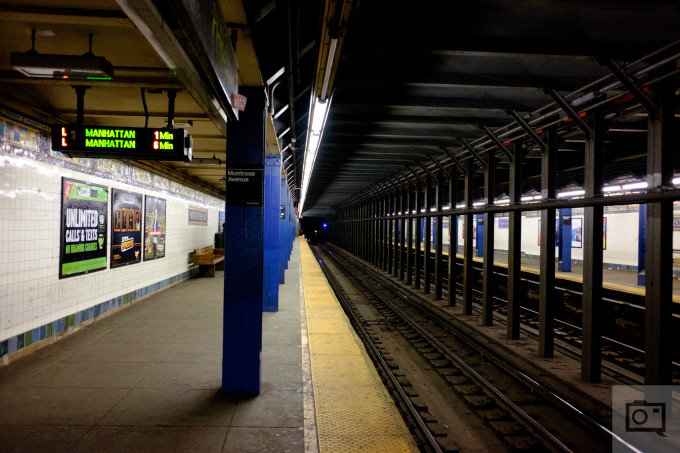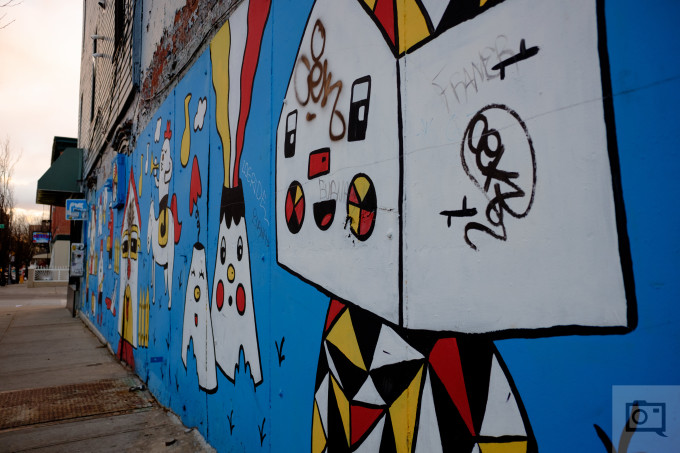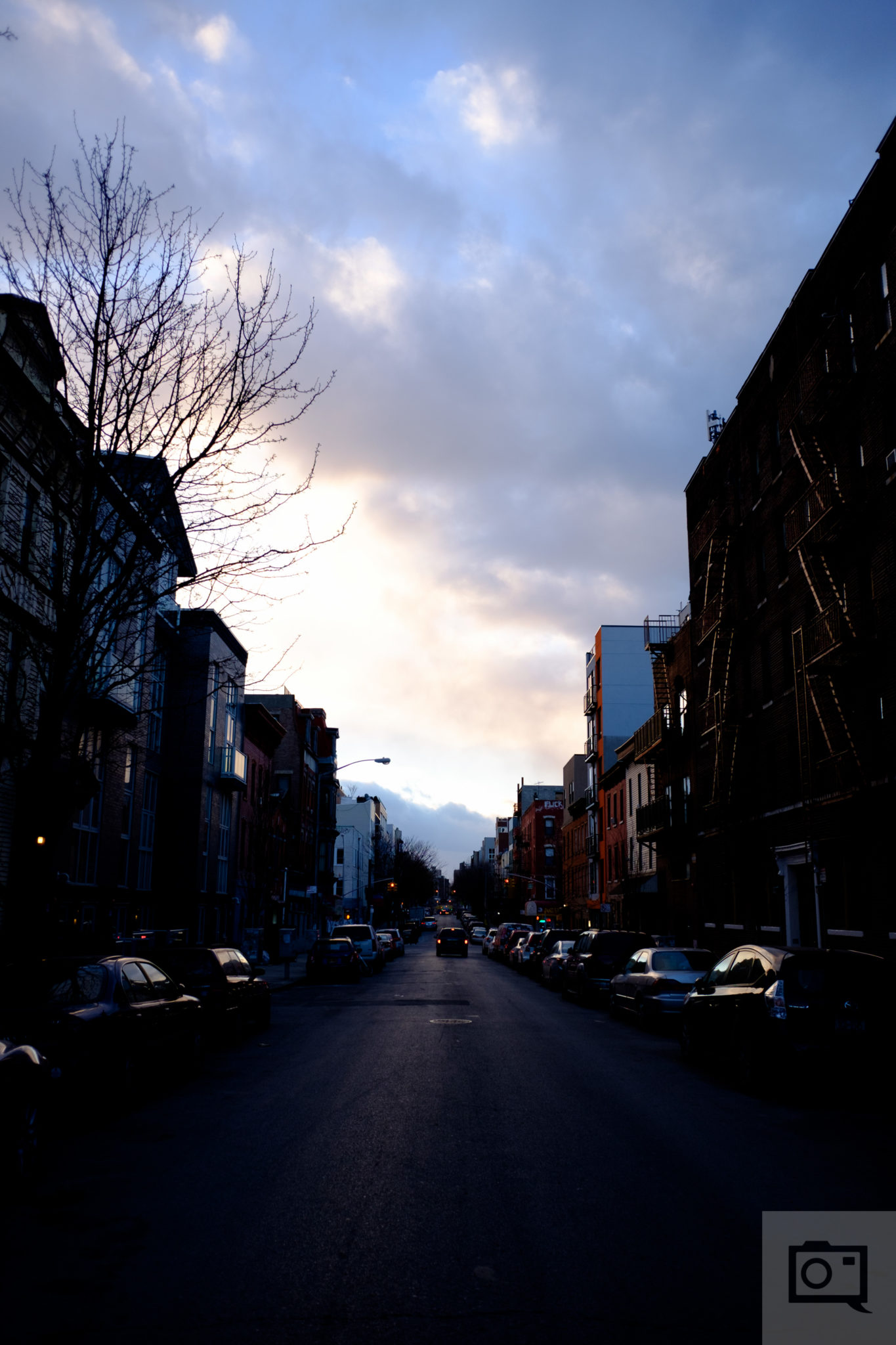Last Updated on 02/22/2016 by Chris Gampat
The Fujifilm X70 shouldn’t really be billed as a point and shoot; but instead as a fixed lens camera. It’s rather serious in its design and its capabilities. Embracing the retro aesthetics of the Fujifilm X series cameras, you’ll also note that the ergonomics make perfect sense for the street photographer or even for the person that prefers simplicity.
With a 16MP APS-C sensor and a 28mm f2.8 lens in front of it, you’ll really appreciate the image quality. Though the best part is probably just how much of a “carry everywhere” camera this is.
In fact, it may even replace some ILC cameras for you.
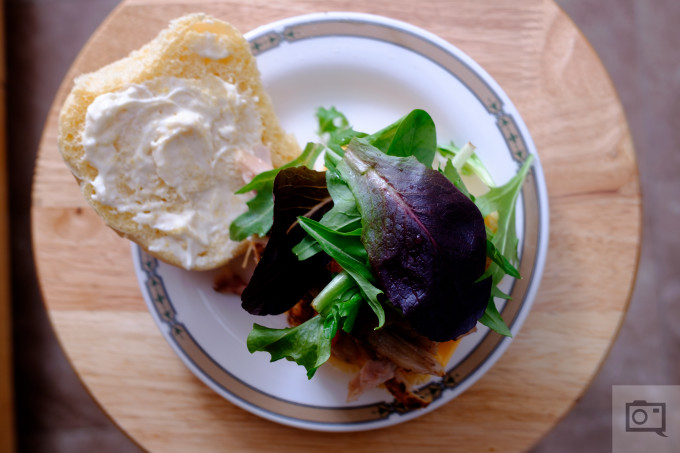
All images in this review have the EXIF data in tact. clicking on the files will give you that data in the file name/url.
Pros and Cons
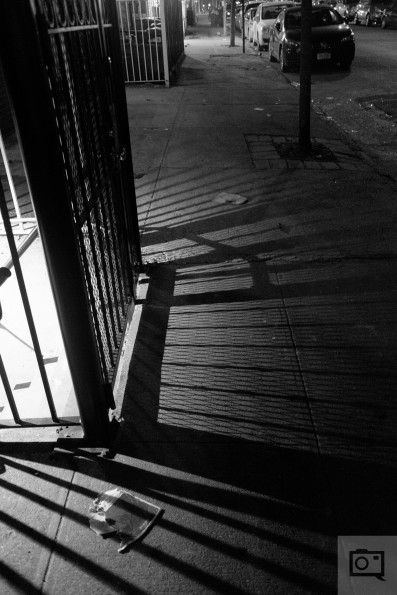
Pros
- The best ergonomics of any compact fixed lens camera I’ve held
- Great image quality
- Excellent build quality
- 28mm is more than I need since I usually shoot at 35mm, but it’s quite nice
- Touchscreen
- Fits into a skinny jean pocket
- Incredible battery life
- Leaf shutter for use with flash
- Autofocus is fast enough in most situations
- Dedicated Auto switch for the noobs out there
- The camera that you truly want to take everywhere with you
Cons
- An ISO dial could have been a welcome addition
- Buttons on the touchscreen itself is a bit odd
- WiFi image transfer sends very low resolution images
- Lens gets dirty very easily
- It should come with a leather wrist strap as part of the standard kit. This camera was designed to be in your hand, not around your shoulder or neck.
Gear Used
The Fujifilm X70 was occasionally tested with the Adorama Flashpoint Zoom LiOn flash and its trigger.
Tech Specs
Specs for the Fujifilm X70 were taken from the B&H Photo listing of the camera. At the publishing of this article, the price is $699.
- 16.3MP APS-C X-Trans CMOS II Sensor
- Fujinon 18.5mm f/2.8 Lens (28mm Equiv.)
- 3.0″ 1.04m-Dot Tilting Touchscreen LCD
- Full HD 1080p Video Recording at 60 fps
- Built-In Wi-Fi, SHARE Printer Compatible
- ISO 51200 and 8 fps Continuous Shooting
- 77-Point AF System
- Interval Recording & Electronic Shutter
- Film Simulation Modes & Creative Filters
Ergonomics
Taken from the first impressions post
The Fujifilm X70 is a pint sized point and shoot with lots of big capabilities on the inside. It fits perfect in the pocket, and when using it with the Great State Hand Strap, it becomes a camera that will honestly rarely leave your hand. With its low profile hand grip, he dials exactly where you need them, and its overall small size there is almost no reason why you would hate its ergonomics.
To boot, it fits easily in a jacket pocket and in hipster skinny jeans. Trust me, I’ve done it a lot so far!
The front of the camera is characterized by the lens (which doesn’t protrude) the focusing switch, the flash and the grip.
Move to the top of the camera and you’ll find more dials. There is one around the lens, (two if you include the focusing ring) the shutter speed dial, and the exposure compensation dial. What’s also interesting is the addition of an automatic mode via a dedicated switch.
The video record button is here along with the hot shoe.
Now check out the back: it’s mostly the giant LCD screen. This is a touch capable screen, though much of the controls can be manipulated with the dedicated buttons.
See that little bit of a thumb grip? Yes, it’s barely there. But it’s effective enough.
The screen also flips up and has a similar menu style to the other Fujifilm cameras.
Build Quality
When it comes to the build quality of this camera, there is extremely little to complain about. The camera feels incredible in the palm of your hand and your fingers can wrap about it very nicely in street photography use. It’s very solid on the outside, has clicky dial thingers, and just feels like an overall solid fixed lens camera (or a point and shoot.) It’s that simple.
Two things that really irked me though are the buttons being placed on the actual touchscreen (which is weird when shooting from the hip with the screen flipped up) and the lens getting dirty super easily. It’s incredibly simple for your finger to gloss over the lens and leave the remains of your filthy, greasy, bacon (of any kind) eating hands all over the front element. You’ll see it more clearly when you see and see streaks of light. Then you’ll need to wipe it off.
Ease of Use
For the person that knows nothing about photography, there is a dedicated switch for you to set it to auto mode. For the rest of us, it’s very straight forward. Fujifilm’s menu system, even after four years of use, can sometimes be perplexing but otherwise it isn’t so bad at all. When it comes to shooting, you’ll worry about the shutter speed, aperture and every now and then you may adjust the ISO or you may set it to auto and just shoot in aperture priority.
For what it’s worth, this camera feels like it was designed to be shot in aperture priority.
Autofocus
Like all Fujifilm products, autofocus is a bit of a mixed bag here. Use the focusing points at their largest size and the camera will be speedy. Make them smaller and it will be a slow but precise process.
Is it fast enough for street photography? During the day, yes–especially when you can get a faster shutter speed up. Though it’s much more tailored to urban geometry. For the best results with this, you’ll need to stop down. When the light starts to get lower, you’re bound to create images that are prone to camera shake but won’t really matter if you’re not pixel peeping at 100%. For what it’s worth, I don’t really want to do that with this camera to begin with–or any camera for that matter. Cameras are designed for you to capture the moments of your first born daughter taking steps or the first candid scene that you really fell in love with amongst creating other scenes that elicit emotions–not looking at a brick wall at 100%. That…just takes the romance out of photography.
Metering
For years now, the Phoblographer has been basing metering tests off of a tried and true method: Sunny 16. Street photographers have been using it for years, and it just makes a lot of sense.
The Fujifilm X70 tends to underexpose scenes by 2/3rds of a stop. This is standard when it comes to digital sensors, and thankfully you can always push the files a bit to get the shadow details you want without problems.
Image Quality
The Fujifilm X70 capable of delivering really, really incredible image quality. With an APS-C sensor and a 28mm f2.8 lens on front, it can do quite a bit.
Bokeh
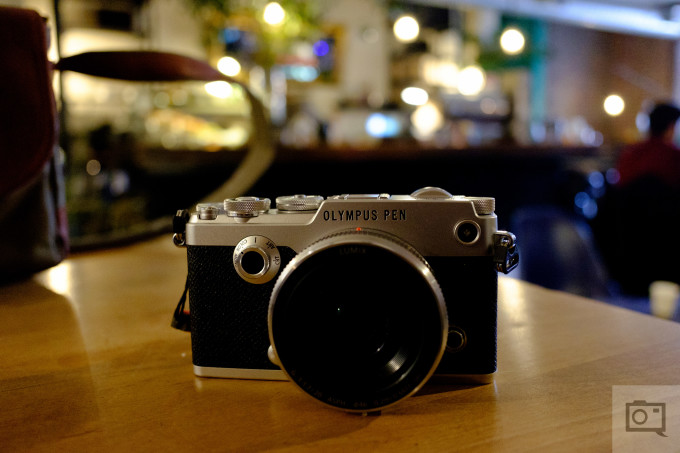
With such a wide angle, you’ll only really get any bokeh when you’re up close and personal to a subject. Luckily, the distortion isn’t that terrible. The bokeh though, is alright–but not super incredibly creamy. Instead, think of it as hazy.
Here’s another sample at f2.8. As you can see, you don’t really get this camera for the bokeh.
Sharpness
While this lens can render really great sharpness right out of the box, the best sharpness comes when a flash is used. At that point, it gets really, really sharp. The best sharpness is below f5.6.
Color Rendition
Here’s an image straight out of the camera: raw converted to JPEG.
Here’s an edit–and it can do quite a bit more. Not bad huh? It’s rather beautiful and the colors look very much like both a combination of Fujifilm’s and Sony’s with an obvious lean more towards Fujifilm. This image was rendered in Velvia.
Color Fringing
In my tests, I couldn’t really find any major color fringing worth complaining about. If I did, I’d get rid of it with minimal post processing.
RAW File Versatility
Here’s the original RAW rendered as a JPEG.
This is what that image looks like as a JPEG with Dehaze applied and pushing the shadows. Quite a bit can be recovered from the files and you may need to do more color correction based on your own preferences.
High ISO Results
ISO 6400 is the highest that this camera can shoot at natively, and for the most part it’s pretty good. It isn’t leaps, bounds and mountains better than the recent ones in the X-T10 and the X-T1 though. I genuinely wouldn’t worry too much about this. It’s quite good.
JPEG Quality
The Fujifilm X70’s JPEG quality straight from the camera is very, very good. It won’t give me the files that I personally truly want–but nor will Fujifilm’s renderings. However, the images look great.
If you’re porting the images over to your mobile device using WiFi, then it will degrade the quality though not terrible enough if you’re putting it on Instagram.
Extra Image Samples
Conclusions
Likes
- Satisfying image quality, though I recommend working with the files in Lightroom
- Compact size
- In the right situations, can be great for street photography
- Incredible battery life
Dislikes
- Could use an AF boost
Using the Fujifilm X70, you’re bound to be able to take incredible images. Like your phone, this is truly a carry-with-you-everywhere camera. It’s small, it’s thin, it can deliver jaw dropping image quality–there isn’t much to complain about here. Of course, I wish that the autofocus were faster for street photography, but that’s honestly fixed with stopped the lens down to f4 and beyond. At f2.8, it’s tough to get that though I kind of expect it at this point in technology.
The Fujifilm X70 wins an Editor’s Choice Award and 5 out of 5 stars. Want one? Check out Amazon’s listing for the latest prices.


